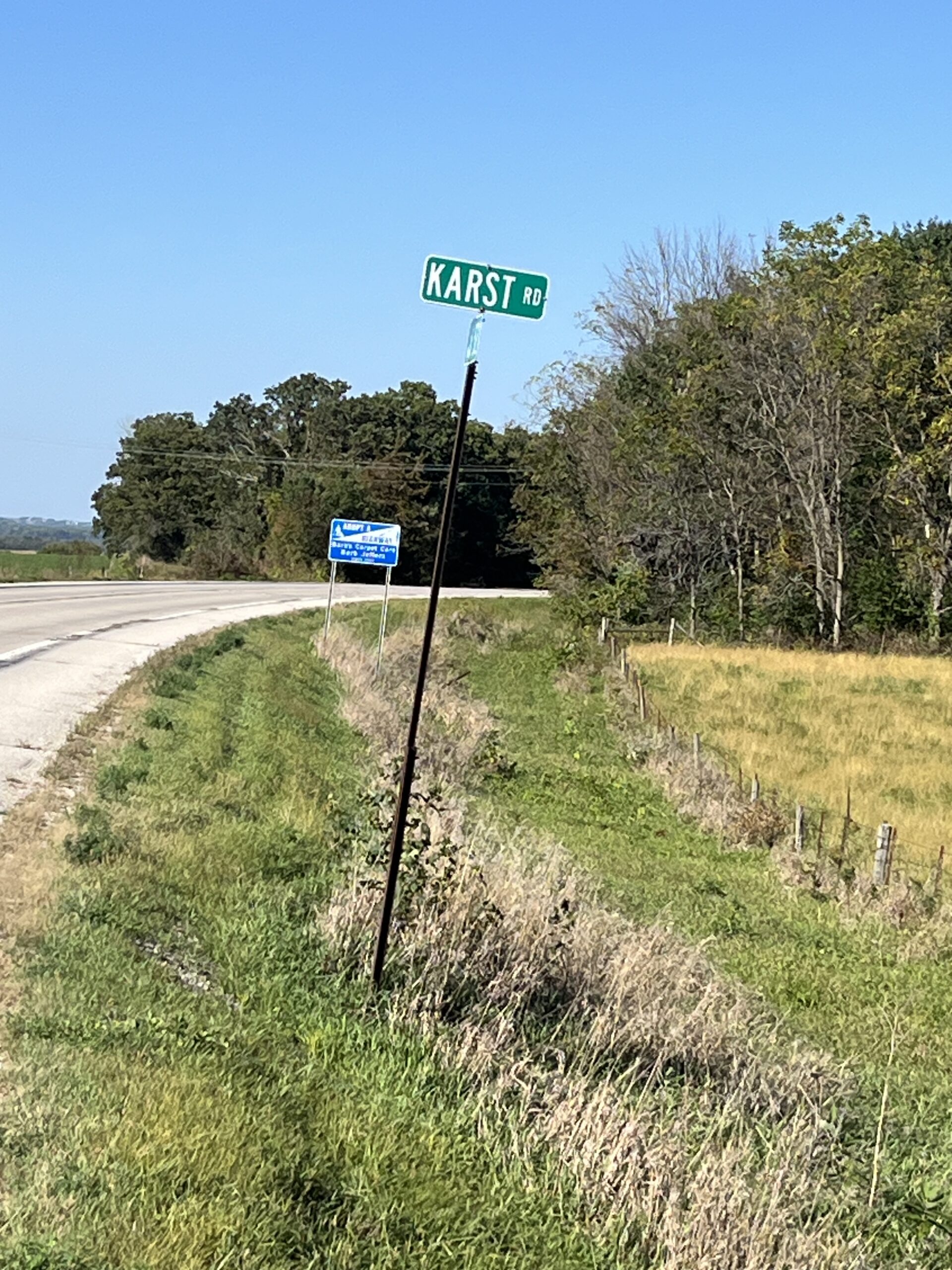The primary and most critical effect of placing the Lemon Hill Solar Project in a fragile karst area is the severe risk of widespread groundwater contamination across the region. This risk immediately translates into a public health crisis because Viola, Rochester, and the world-renowned Mayo Clinic all share the same connected aquifer system. The unique geology of karst, means that surface contaminants can move rapidly—sometimes in minutes or hours—directly into the drinking water supply, completely bypassing natural filtration. This rapid pathway ensures that any contamination introduced via the construction or subsequent pile movement can quickly spread to wells throughout the community and neighboring institutions.
Once contaminants enter the shared aquifer, the long-term consequences are dire and potentially irreversible. Remediation of contaminated karst aquifers is considered extraordinarily difficult, if not completely infeasible. The pollutants that threaten the water supply include common farm chemicals such as nitrates, pesticides, and herbicides, which are able to travel much faster through the newly created pathways. This severe contamination risk constitutes a significant **public health and economic harm** that directly threatens every household and institution, including the Mayo Clinic, that depends on clean water from the shared source.
The cold Minnesota climate also ensures that the installation methods will result in physical failure and significant economic burdens on the solar project itself. Scientific field evidence from solar farms in cold climates, such as Ontario, confirms that frost heave (frost jacking) causes substantial pile movement, with 7% to 17% of piles documented as moving up to approximately 1.5 inches within two to three years. This ongoing movement leads to misalignment, causing racking stress, structural fatigue, and ultimately shortening the lifespan of the solar array. The resulting issues necessitate costly remediation and maintenance, requiring thousands of piles to be reset, while also validating that movement cannot be prevented entirely, even with mitigation strategies.
The development introduces significant threats stemming from potential catastrophic events and environmental destabilization. Large-scale construction in karst regions elevates the risk of sinkholes and destabilizes the subsurface systems. Furthermore, major storms, such as tornadoes or hail, could shatter the solar panels, potentially releasing hazardous substances or deadly toxins into surface runoff and surrounding soils. These toxins, combined with agricultural chemicals from surrounding farmland, would then gain direct access to the groundwater via the conduits opened by frost heave. Additionally, the stability of healthy riparian corridors, which are necessary for wildlife neighbors like the protected Blanding’s Turtle and Wood Turtle, is put at risk by groundwater contamination.
Finally, a major effect of proceeding with a high-risk project while ignoring warnings is the creation of a massive legal and institutional liability. Across the globe, when powerful actors ignore clear red flags and catastrophe follows, the result is frequently severe accountability, including **criminal prosecution and massive civil liability**. Precedents confirm this, such as the Flint Water Crisis, which resulted in criminal charges and civil settlements exceeding $600 million, and the Brumadinho Dam Collapse, where executives faced homicide charges. These cases illustrate that ignoring red flags in high-risk projects exposes decision-makers to severe personal and institutional consequences.
Key Effects To Note

Karst Rd – Leaning Sign
This road sign is in Fillmore County, which is south of Viola and north of Winneshiek County. It’s between Chatfield and Fountain, MN, along U. S. Highway 52.
This sign is named after the karst region, and true to form, frost heave has moved the sign, leaving it at an angle just like a solar Pillar deep in the ground would open a pathway for contaminated surface water to enter groundwater/wells/drinking water.
